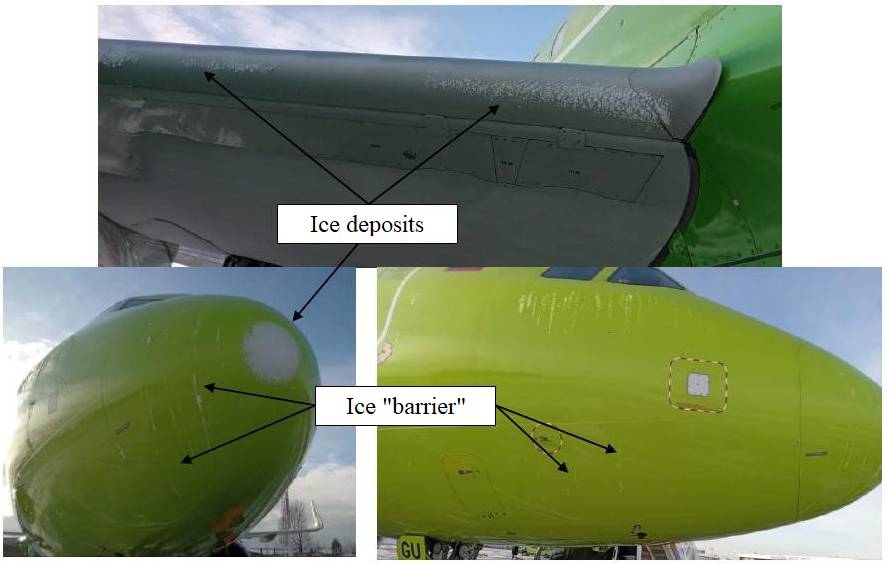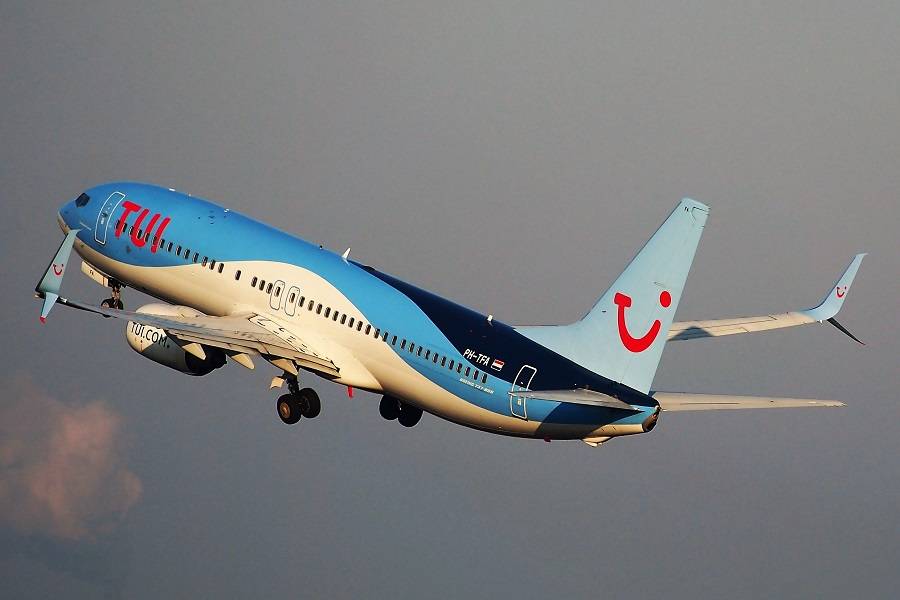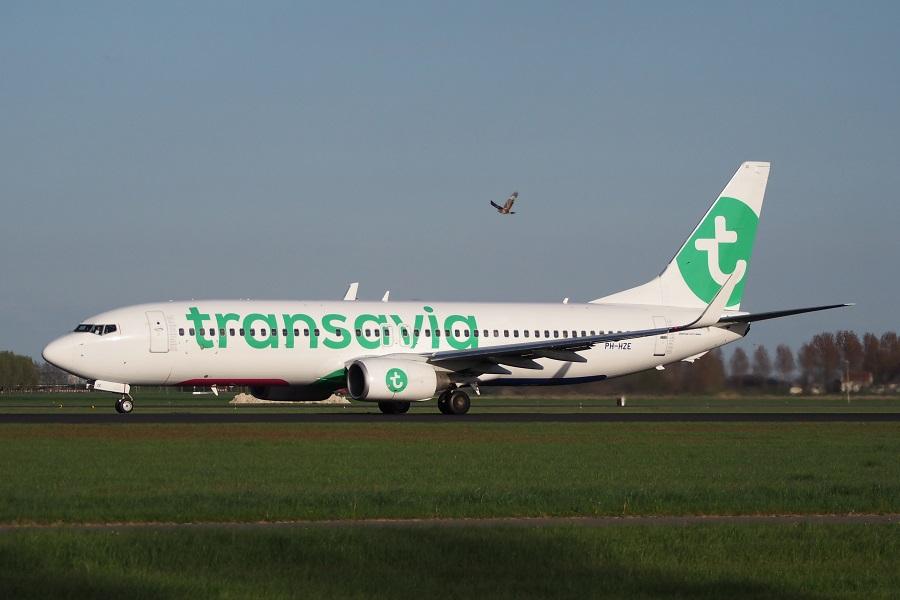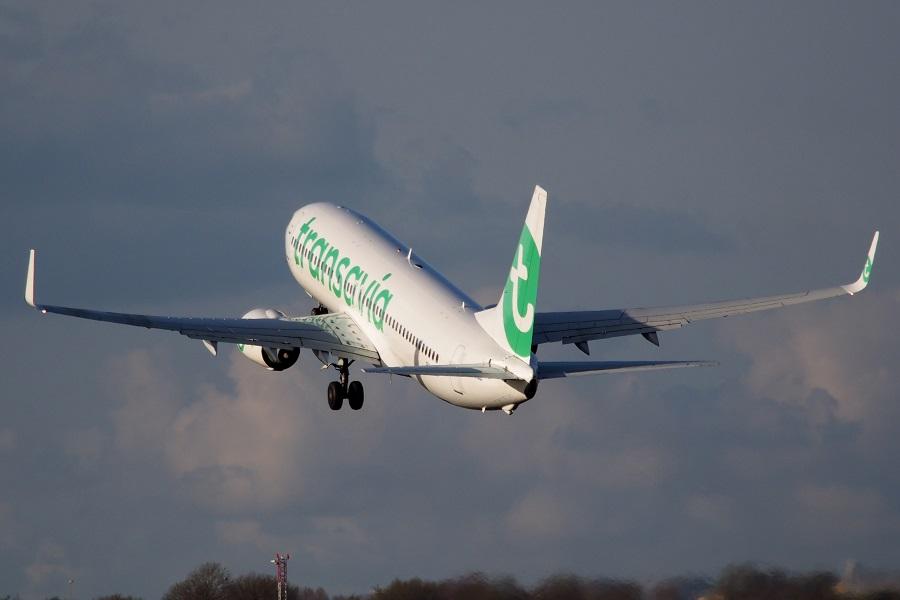Incidents involving unreliable airspeed indications went up recently. But it’s not just due to crews being too rusty, in these strange times.
A recent Dutch report into two incidents from earlier in the pandemic, help shed some light on their unique circumstances. Fortunately, such incidents are becoming a bit less common now – even if the pandemic is still with us. This suggests that crews are getting used to the changing conditions. Or perhaps it shows that conditions (in aviation at least) are slowly returning to some sort of normality.
The Dutch Onderzoeksraad (DSB) looked into two incidents that involved unreliable airspeed. One of them took place in October last year, involving a TUI 737-800. The other happened last April, involving a Transavia 737-700. Both aircraft had been in storage for some time, before their incident flights.
The Unreliable Airspeed Incidents
In one of the incidents, the aircraft had unreliable airspeed because the pitot tubes still had covers on them. On the other, the tubes themselves had not been reconnected. But the investigation looked into the circumstances that made such events possible. How can ground crews miss reconnecting the tubes? And why didn’t the pilots spot the covers on the pitot tubes?
The second question is easier to answer. Expectation bias made the pilots look for bright orange covers and streamers. But this wasn’t the colour these pitot covers had. Because of the unprecedented number of aircraft in storage, ground staff had had to improvise on equipment. The DSB noted that the crews understood that this came with a risk, as these unreliable airspeed incidents show.
But the problem was that this was just one adaptation of many, that these crews had to make, in these conditions. However, there was no attempt to formalize these new procedures. And this meant that not everyone knew about them – and about what to look for. Fortunately, both of these unreliable airspeed incidents occurred in good weather conditions. Both flight crews managed to make uneventful landings.
More Similar Events
Of course, the DSB’s bulletin isn’t the first to address this issue. We have seen several such incidents, involving a variety of aircraft and locations. We even saw that EASA issued an Airworthiness Directive (AD) for A320-family operators. And more recent incidents, like the deicing-related unreliable airspeed event in Siberia, show that “rusty” [ground/air] crews can be a factor, too.

The sight of rows and rows of parked airliners during the pandemic can be misleading, in a way. These jets still needed crews to look after them, and hours of work to bring them back to service. With many of the same crews facing furloughs or redundancy, the workload on those remaining was likely another factor.
Changes in events always come with the prospect of some trouble. Fortunately, studies like these can help prevent or reduce unreliable airspeed incidents and other similar events.







1 comment
Peter Stricker
There was a similar incident where an airplane and been parked for an extended period and had insect nests in the pitot tubes. The airplane was chartered and flown without inspecting the pitot tubes, which caused a similar conflicting airspeed indications, but those pilots were not able to diagnose the problem and all the occupants were killed.